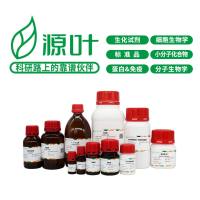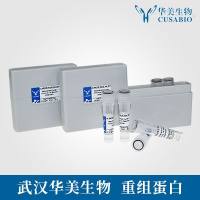Non-invasive Assessment of Oxidatively Damaged DNA: Liquid Chromatography-Tandem Mass Spectrometry Analysis of Urinary 8-Oxo-7,8-Dihydro-2-Deoxyguanos
互联网
互联网
相关产品推荐

Nonstructural protein 2/NS2重组蛋白|Recombinant H1N1(A/Puerto Rico/8/34/Mount Sinai)Non-structural Protein 2/NS2
¥2570

1-Cyclopropyl-8-ethoxy-6,7-difluoro-1,4-dihydro-4-oxo-3-quinolinecarboxylic Acid
¥1200

Liquid Blocker Super PAP Pen (免疫组化笔),阿拉丁
¥297.90

(S)-2-(4-(2-chlorophenoxy)-2-oxo-2,5-dihydro-1H-pyrrol-1-yl)-N-(1-((R)-2,3-dihydroxypropyl)-1H-pyrazol-3-yl)-4-MethylpentanaMide;S88290
¥500

Recombinant-Hordeum-vulgare-Low-molecular-mass-early-light-inducible-protein-HV60-chloroplasticLow molecular mass early light-inducible protein HV60, chloroplastic; ELIP
¥9968
相关问答

